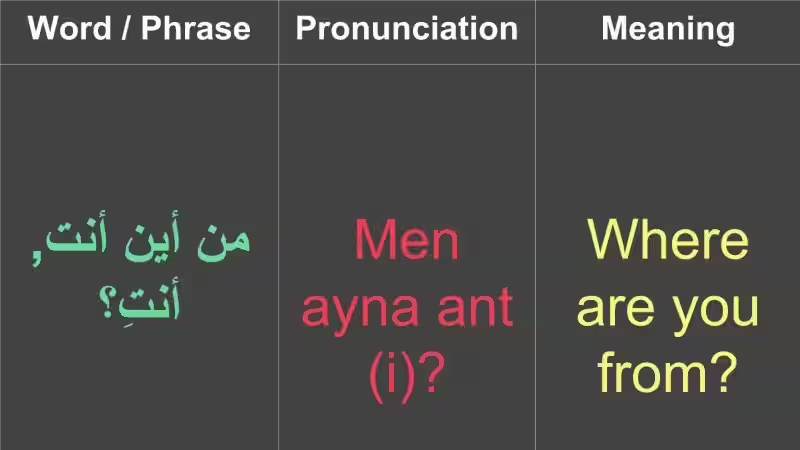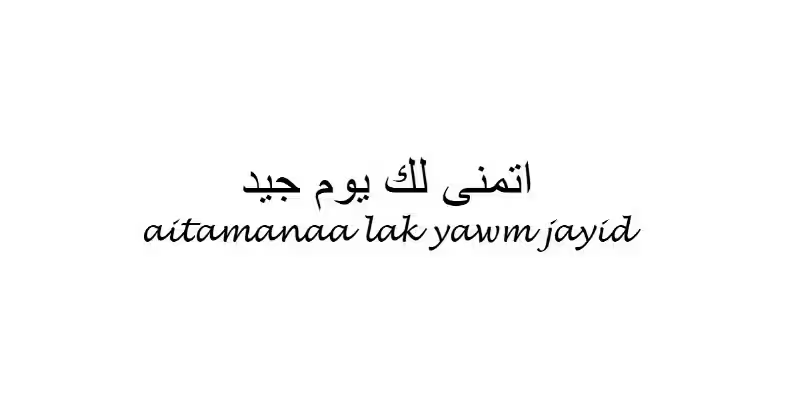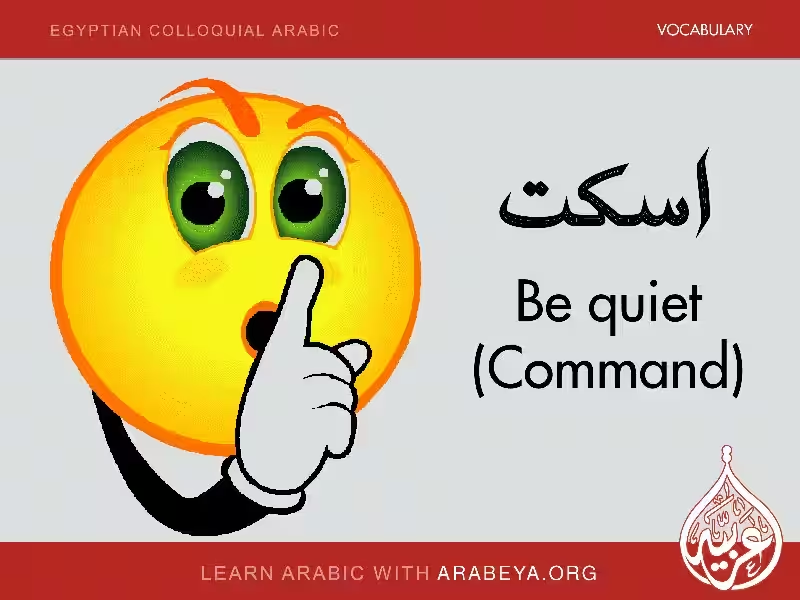
Learning a new language is more than just memorizing vocabulary; it’s about understanding the cultural nuances that shape communication. This is particularly true when it comes to greetings, as the appropriate phrasing can significantly impact interactions. How do you effectively convey your well-wishes to someone speaking Arabic? This article will guide you through the various ways to say “How are you?” in Arabic, taking into account different levels of formality and context.
Understanding the Importance of Formality in Arabic Greetings
Arabic, like many languages, has a rich system of formality embedded within its vocabulary. This isn’t just about avoiding grammatical errors; it’s about demonstrating respect and understanding of social hierarchies. Choosing the right phrase for “How are you?” reflects your awareness of the cultural context and your consideration for the person you are addressing. This sensitivity is crucial for building positive relationships, whether in personal or professional settings. Ignoring the nuances of formality can lead to misunderstandings or offense, hindering the development of meaningful connections. Demonstrating respect through language is key to navigating intercultural interactions.
Three Ways to Express “How are you?” in Arabic
This article presents three ways to ask “How are you?” in Arabic, each suited to a different context:
-
Kaif Halak? (كيف حالك?): This is the most formal and traditional greeting. Imagine using it in a professional setting, such as a business meeting or a conversation with someone you don’t know well. Literally translating, it means “How is your situation?” or “How are you doing?”. This choice emphasizes respect and adherence to established social norms. Using this phrase shows you’re aware of the conventions of polite communication in Arabic culture. It’s a straightforward approach that conveys a respectful inquiry about another person’s well-being.
-
Kayfa Haalak? (كيف حالك?): This phrase is slightly less formal than “Kaif Halak?” and is appropriate for more casual settings with acquaintances, friends, or family members. It retains a respectful tone, but allows for a more relaxed conversation. It’s suitable for friendly exchanges and informal gatherings where a slightly less formal greeting is appropriate. This choice demonstrates familiarity within a safe boundary of politeness.
-
Eish Haalik? (إيش حالك?): This is the most informal option, reserved for close friends and family. Using this greeting with someone you don’t know well could be perceived as inappropriate or disrespectful. This phrase translates more directly to “What’s up?”. This familiarity is crucial to understand. It reflects a close personal relationship and a shared understanding. This level of informality is best reserved for those with whom you have a strong personal connection.
Context is Key: Choosing the Right Phrase
The choice of greeting directly impacts the interaction. “Kaif Halak?” demonstrates a heightened level of respect, suitable for formal settings. “Kayfa Haalak?” strikes a balance between respect and informality, making it suitable for interactions with acquaintances. “Eish Haalik?” shows a sense of familiarity and camaraderie, reserved for close relationships. Remembering the relationship and the environment allows for a more nuanced and respectful communication.
Beyond the Literal Meaning: Cultural Sensitivity
Understanding the nuances of language extends beyond just the literal translation. The phrase “How are you?” doesn’t just convey information; it conveys a level of social awareness and respect. In Arabic, selecting the proper greeting conveys context, relationships, and cultural awareness. Recognizing the different levels of formality is a vital part of effective communication. It’s not simply about the words used; it’s about understanding the unspoken rules of interaction in the Arabic-speaking world. Mastering these subtle differences allows you to connect with Arabic speakers on a deeper level.
Practicing Cultural Sensitivity: Embracing Appropriate Usage
Learning how to say “How are you?” in Arabic isn’t just about memorizing phrases; it’s about understanding the social implications and cultural expectations of the language. By adapting your phrasing to the context and your relationship with the person you’re addressing, you demonstrate cultural sensitivity. This approach not only facilitates smoother interactions but also strengthens personal and professional relationships. Remember, respectful communication is key to successful intercultural exchanges. The ability to adapt language usage to the context is a testament to your understanding and appreciation of cultural diversity. By taking the time to learn these nuances, you establish yourself as a considerate and respectful communicator.
By understanding and utilizing these three ways to ask “How are you?” in Arabic, you’ll be well-equipped to navigate a variety of social and professional settings. Remember, choosing the right phrase is paramount to demonstrating cultural sensitivity and building strong connections.
How do I say “How are you?” in Arabic?
This FAQ section provides guidance on how to appropriately greet someone in Arabic, demonstrating cultural sensitivity and respect.
What are the different ways to say “How are you?” in Arabic?
Arabic offers various ways to express “How are you?” depending on the level of formality and your relationship with the person you’re addressing. Here are three common options:
-
Kaif Halak? (كيف حالك?): This is the most formal option, suitable for professional settings, business interactions, or more formal social situations. It translates to “How is your situation?” or “How are you doing?” and conveys respect for social norms.
-
Kayfa Haalak? (كيف حالك?): A slightly less formal alternative, appropriate for casual settings with acquaintances or family. While still respectful, it allows for a friendlier tone.
-
Eish Haalik? (إيش حالك?): This is the most informal option, best used with close friends and family. It translates to “What’s up?” and signifies familiarity and camaraderie. Avoid using this with someone you don’t know well, as it might be perceived as disrespectful.
Why is the choice of greeting important?
The appropriate greeting in Arabic, like in any culture, conveys not just information, but also a level of social awareness and respect. Choosing the right phrase establishes positive relationships in both social and professional settings.
What should I consider when choosing a greeting?
Consider the context of the interaction and your relationship with the person you’re addressing. A formal greeting in a casual setting might appear out of place, while an informal greeting in a professional environment could be perceived as disrespectful. Understanding the nuances of the language beyond literal translation is key.








